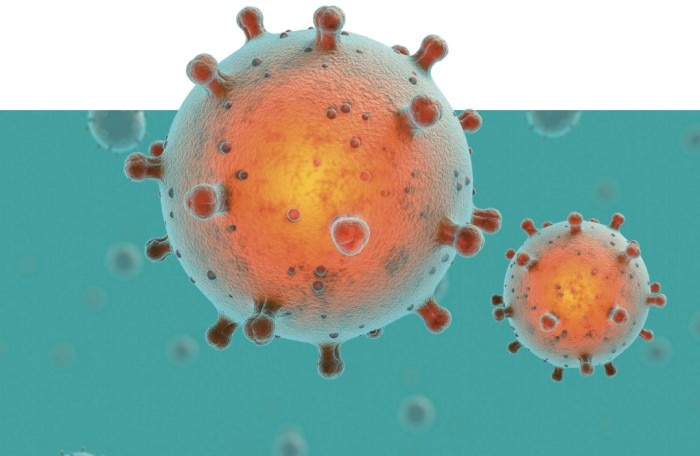-
-
-
-
- Forum Labo 2025
- Advanced Therapies Week (ATW) 2025
- SLAS Europe 2025
- Bioprocessing Summit Europe 2025
- Medlab Middle East 2025
- SLAS International 2025
- Biologics World Nordics 2025
- ASIA LABEX: The Lab Show 2025
- BioProcess International Europe 2025
- ISEV 2025
- Future Labs Live 2025
- DataHow Symposium 2025
- Cell 2025
- LabDays 2025
- ASIA LABEX: The Lab Show 2025
-
-
-
-
- Forum Labo 2025
- Advanced Therapies Week (ATW) 2025
- SLAS Europe 2025
- Bioprocessing Summit Europe 2025
- Medlab Middle East 2025
- SLAS International 2025
- Biologics World Nordics 2025
- ASIA LABEX: The Lab Show 2025
- BioProcess International Europe 2025
- ISEV 2025
- Future Labs Live 2025
- DataHow Symposium 2025
- Cell 2025
- LabDays 2025
- ASIA LABEX: The Lab Show 2025
-
- Benchtop Centrifuges
- Floor-Standing Centrifuges
- Refrigerated Centrifuges
- Microcentrifuges
- Multipurpose Centrifuges
- High-Speed Centrifuges
- Ultracentrifuges
- Concentrator
- IVD Products
- High-Speed and Ultracentrifuge Consumables
- Centrifuge Tubes
- Centrifuge Plates
- Device Management Software
- Sample and Information Management
-
- All Pipettes, Dispensers & Automated Liquid Handlers
- Mechanical Pipettes
- Electronic Pipettes
- Multi-Channel Pipettes
- Positive Displacement Pipettes & Dispensers
- Automated Pipetting
- Bottle-Top Dispensers
- Pipette Controllers
- Pipette Tips
- Automation Consumables
- Dispenser & Pipette Accessories
- Automation Accessories
- Dispenser & Pipette Services

Read more
Read less
Smallpox
Diptheria
Tuberculosis
Rabies
HIV
Plague
SARS CoV 2
»The deviation of man from the stage in which he was originally placed by nature seems to have proved to him a prolific source of diseases. From the love of splendor, from the indulgences of luxury, and from this fondness for amusement he has familiarized himself with a great number of animals, which may not originally have been intended for his associates. The wolf, now disarmed of ferocity, is now pillowed in the lady’s lap. The cat, the little tiger of our island, whose natural home is the forest, is equally domesticated and caressed. The cow, the hog, the sheep, and the horse, are all, for a variety of purposes, brought under his care and dominion.«
Edward Jenner, Vaccination against Smallpox, 1798

SMALLPOX
THE BIRTH OF VACCINATION
History facts:
In 1796, after recognizing that cowpox-infected farm workers were immune to human smallpox, Edward Jenner infected a boy by scratching the pathogens under the skin.
After infection with the more dangerous human smallpox, the boy did not fall ill. Vaccination was born. Jenner called it vaccine, derived from the Latin word for cow: vacca.
Today smallpox has been eradicated by human effort and is a milestone in public health history.

DIPTHERIA
»BEHRING'S GOLD«
History facts:
In 1894, Behring discovered antitoxin-containing blood serum from infected animals as treatment against diphtheria, one of the most common causes of death among infants.
Immediately after the introduction mortality decreased fivefold. Only 4 years passed to industrial production.
The antitoxin as immune serum is still used today and protects people all over the world from harm.

TUBERCULOSIS
GREATEST VACCINATION DISASTER OF THE 20TH CENTURY
History facts:
In 1928, after 13 years of work, Calmette and Gurin had developed an oral tuberculosis vaccine. After successful vaccination of 150,000 children and subsequent introduction in Germany, 77 newborns died due to contaminated preparations.
Because of this accident, the introduction of the vaccine in Germany was delayed until after 2nd World War.
The incident however led to the birth of modern medical law in Germany.

RABIES
A DARING ATTEMPT
History facts:
Pasteur was the first to develop the vaccine strategy of attenuated pathogen administration in 1885. He treated a boy bitten by a rabid dog with an increasingly virulent suspension from an infected rabbit, which he simultaneously administered to a dog.
The dog died, the boy survived. This success prompted the founding of the Pasteur Institute in 1887.
Today, there is an effective vaccine for both humans and animals.

HIV
JUST THE BEGINNING
History facts:
When HIV discoverer Robert Gallo was asked after in 1984 when a vaccine would be available, he replied, in two years.. In the meantime, more than 35 years have passed.
HIV is a master at sidestepping and hijacking the immune response, its variability and immune evasion strategies are fundamental challenges in vaccine development.
Even though a vaccine is still being developed, HIV is now a manageable chronic condition.

PLAGUE
AN ABRUPT END
History facts:
Bacteriologist Haffkine researched an inactivated vaccine against plague. Various clinical trials were conducted in India and China with fluctuating results.
In 1895, contamination with tetanus spores caused all to die, which had been vaccinated with the respective batch. This abruptly ended the use of the Haffkine vaccine.
While plague is still a dangerous disease, there are now improved diagnostic tools and effective treatment.

SARS-CoV-2
SPEED RECORD HOLDER
History facts:
In less than one year after the outbreak of the pandemic, several manufacturers have developed and licensed Covid-19 vaccines, setting an all-time speed record from research to market maturity.
RNA vaccines against SARS-CoV-2 provide a disruptive technology that has advantages in terms of production and good immunogenicity.
Now, mRNA technology is a rapidly growing field with many exciting developments on the horizon.

Read more
Read less



